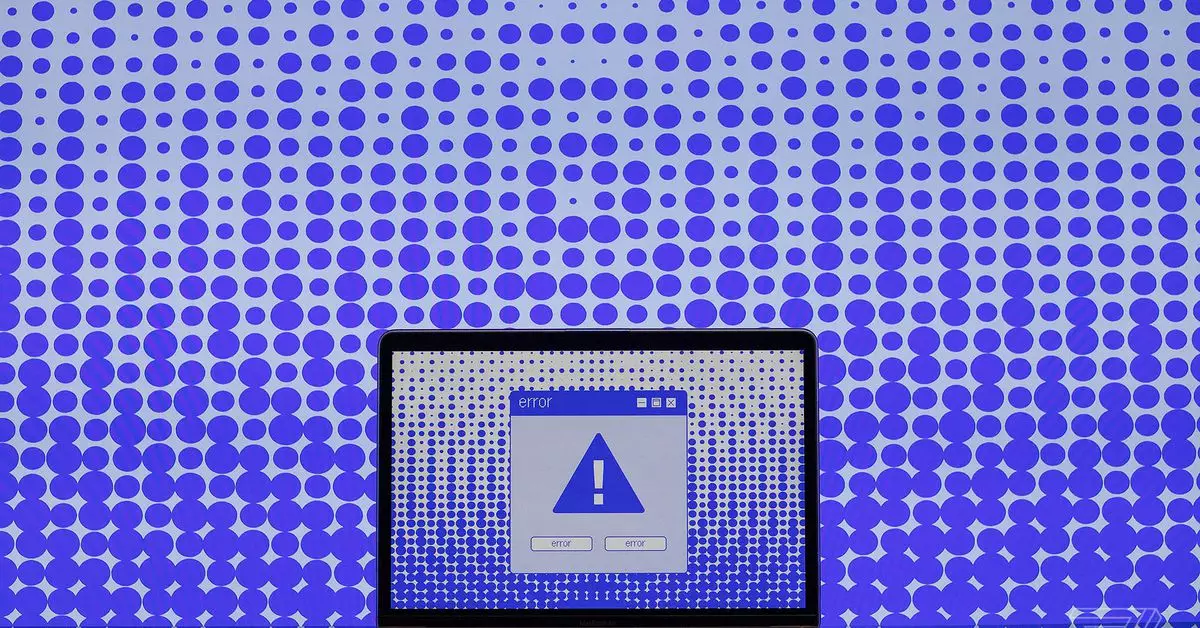The Internet Archive, a celebrated repository that serves as a digital library of universal knowledge, recently fell victim to a cyberattack that sent tremors through the digital community. This incident not only rendered its vast collections, including the widely used Wayback Machine, temporarily inaccessible but sparked widespread concern about the safety of user data. Brewster Kahle, the organization’s founder, provided reassurances amidst the chaos, indicating that recovery efforts were already underway. While the inconvenience was palpable, the resilience demonstrated by the Internet Archive highlighted its commitment to safeguarding both its resources and its users.
Reports reveal that the cyberattack involved a significant data breach, touching more than 31 million unique email accounts. This alarming number raised red flags regarding the security measures in place to protect user information. Kahle’s statement that “the data is safe” was likely intended to quell fears, yet the acknowledgment of a data breach demands a deeper analysis of how digital platforms safeguard sensitive information in an increasingly hostile cyber landscape. The transparency demonstrated by leaders like Kahle following such incidents is critical, as it helps rebuild trust with users who may feel vulnerable after such attacks.
In the face of these challenges, notable figures in cybersecurity, such as Troy Hunt, founder of Have I Been Pwned, have emerged to provide essential updates. Hunt’s proactive stance in reporting the receipt of a file containing the stolen data underlines the collaborative nature of cybersecurity efforts. It also emphasizes an important reality: While organizations strive to protect their platforms, breaches can render even the most robust systems susceptible and highlight the need for a collective approach to digital security.
As the Internet Archive works tirelessly to restore its services, it may also take this opportunity to reevaluate and enhance its security protocols. The fallout from such breaches presents an invaluable opportunity for institutions to learn and fortify their defenses against potential future attacks. Enhancements could include stronger encryption methods, multi-factor authentication, and regular security audits, ensuring that user data is not just a historical note but a cornerstone of operational integrity.
While the Internet Archive’s recent cyber incident underscored vulnerabilities in digital information repositories, it also highlighted the resilience of such institutions in the face of adversity. The prompt recovery efforts, the clear communication from leadership, and the support from the cybersecurity community illustrate a proactive approach to rebuilding trust and security. As the organization prepares to resume its critical services, it stands as a testament to the importance of vigilance and adaptability in the ever-evolving landscape of digital threats. The lessons learned from this experience will undoubtedly shape the future protocols and operational strategies of the Internet Archive and other similar organizations navigating the complexities of cybersecurity.


Leave a Reply